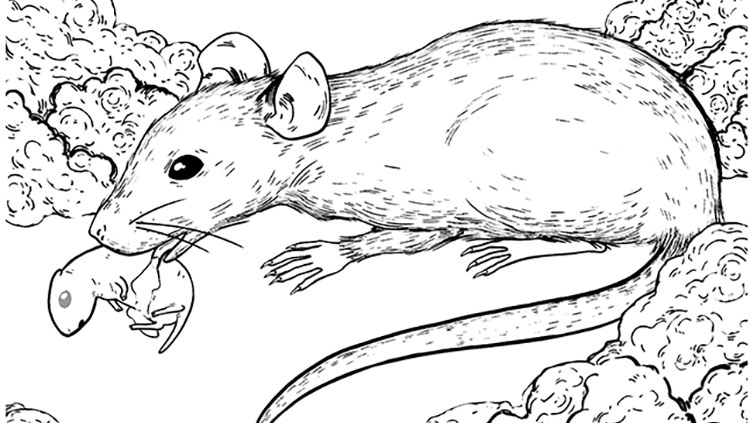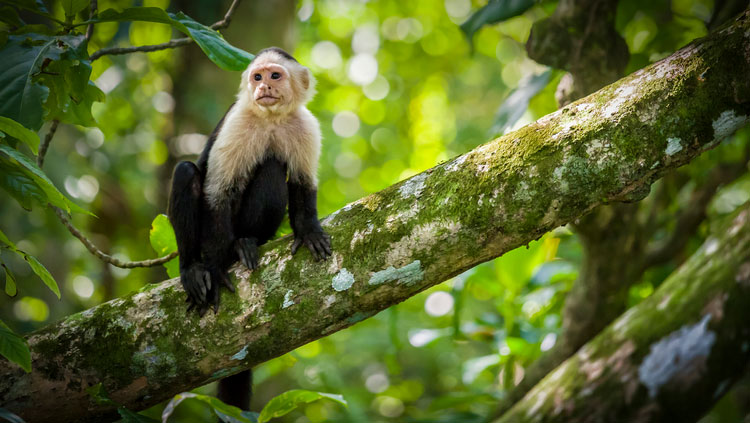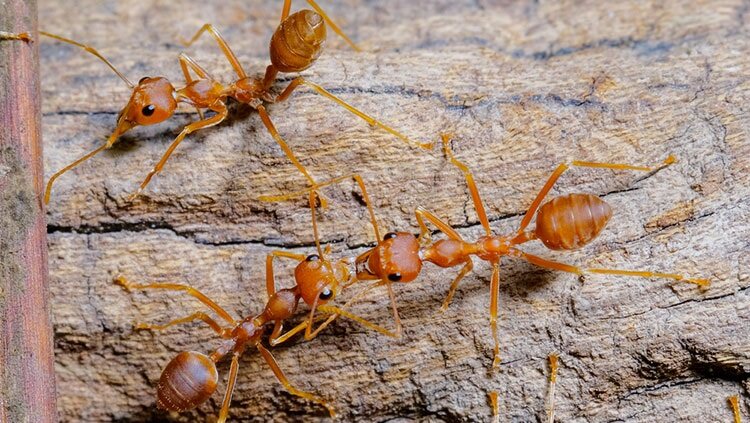Move over, lab rat. Neuroscientists have relied on the mouse to study brain development and diseases for more than 100 years.
Brain Bytes showcase essential facts about neuroscience.

Design by Adrienne Tong.
Image by istock.com/GlobalP
CONTENT PROVIDED BY
BrainFacts/SfN
References
Background on Mouse as a Model Organism. (2012, May 23). Retrieved July 1, 2020, from National Human Genome Research Institute website: https://www.genome.gov/10005834/background-on-mouse-as-a-model-organism
Bryda, E. C. (2013). The Mighty Mouse: The Impact of Rodents on Advances in Biomedical Research. Missouri Medicine, 110(3), 207–211. Retrieved from: https://www.ncbi.nlm.nih.gov/pmc/articles/PMC3987984/
Why are mice considered excellent models for humans? (n.d.). Retrieved July 1, 2020, from The Jackson Laboratory website: https://www.jax.org/why-the-mouse/excellent-models
Kolodkin, A. L., & Tessier-Lavigne, M. (2010). Mechanisms and Molecules of Neuronal Wiring: A Primer. Cold Spring Harbor Perspectives in Biology, 3(6). doi:10.1101/cshperspect.a001727
The Nobel Prize in Physiology or Medicine 2004. (n.d.). Retrieved July 06, 2020, from https://www.nobelprize.org/prizes/medicine/2004/summary/
Also In Animals in Research
Trending
Popular articles on BrainFacts.org


















